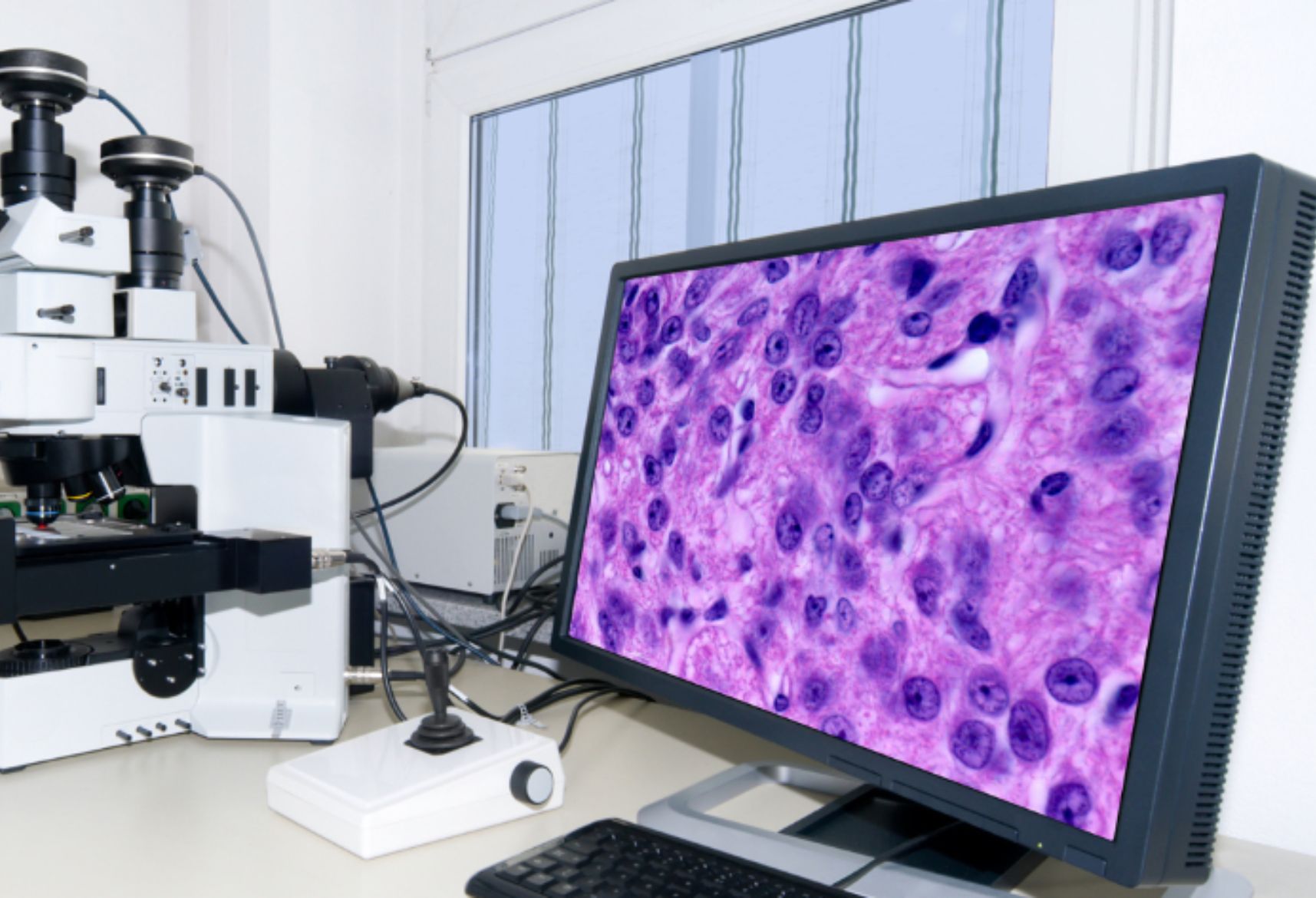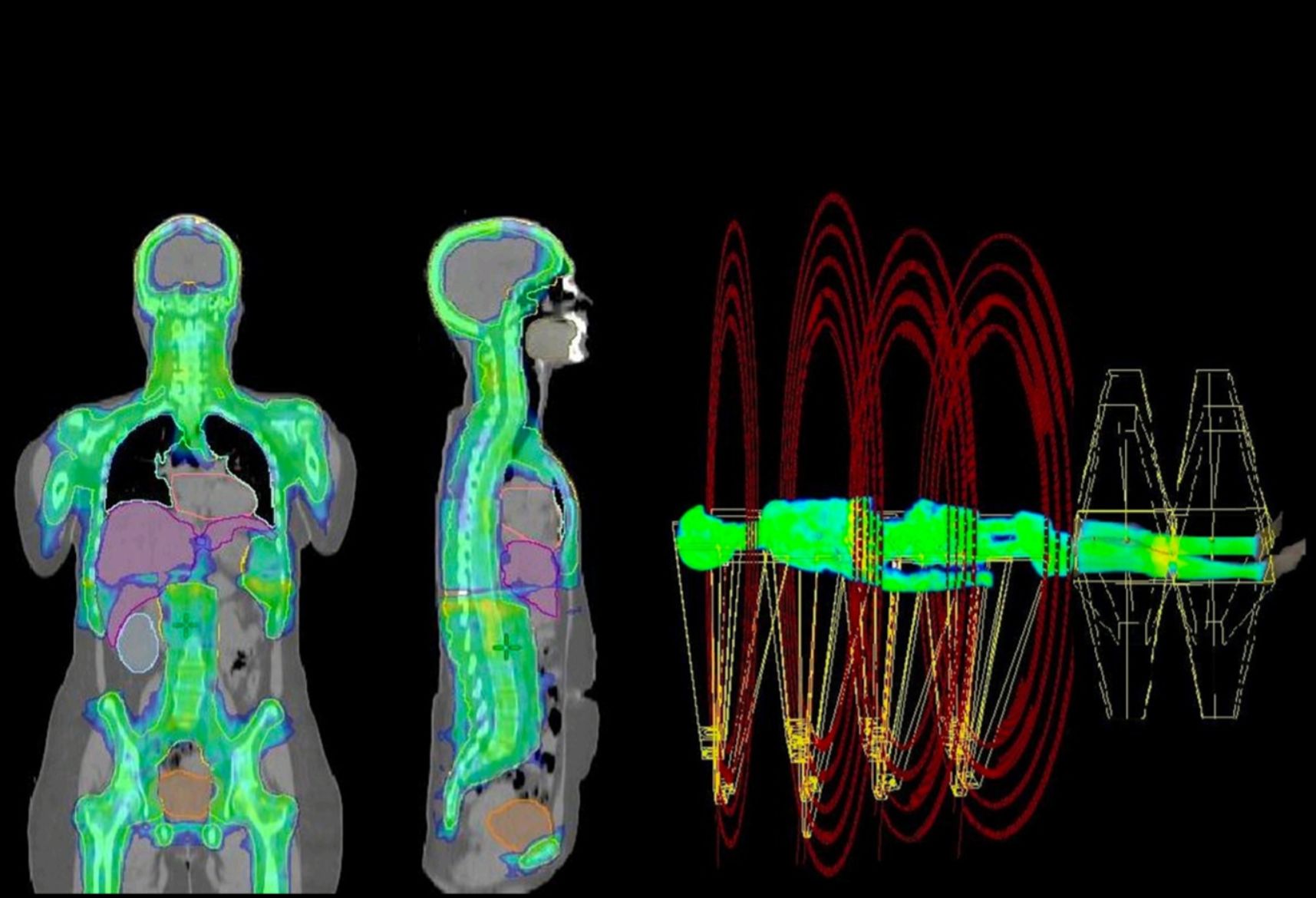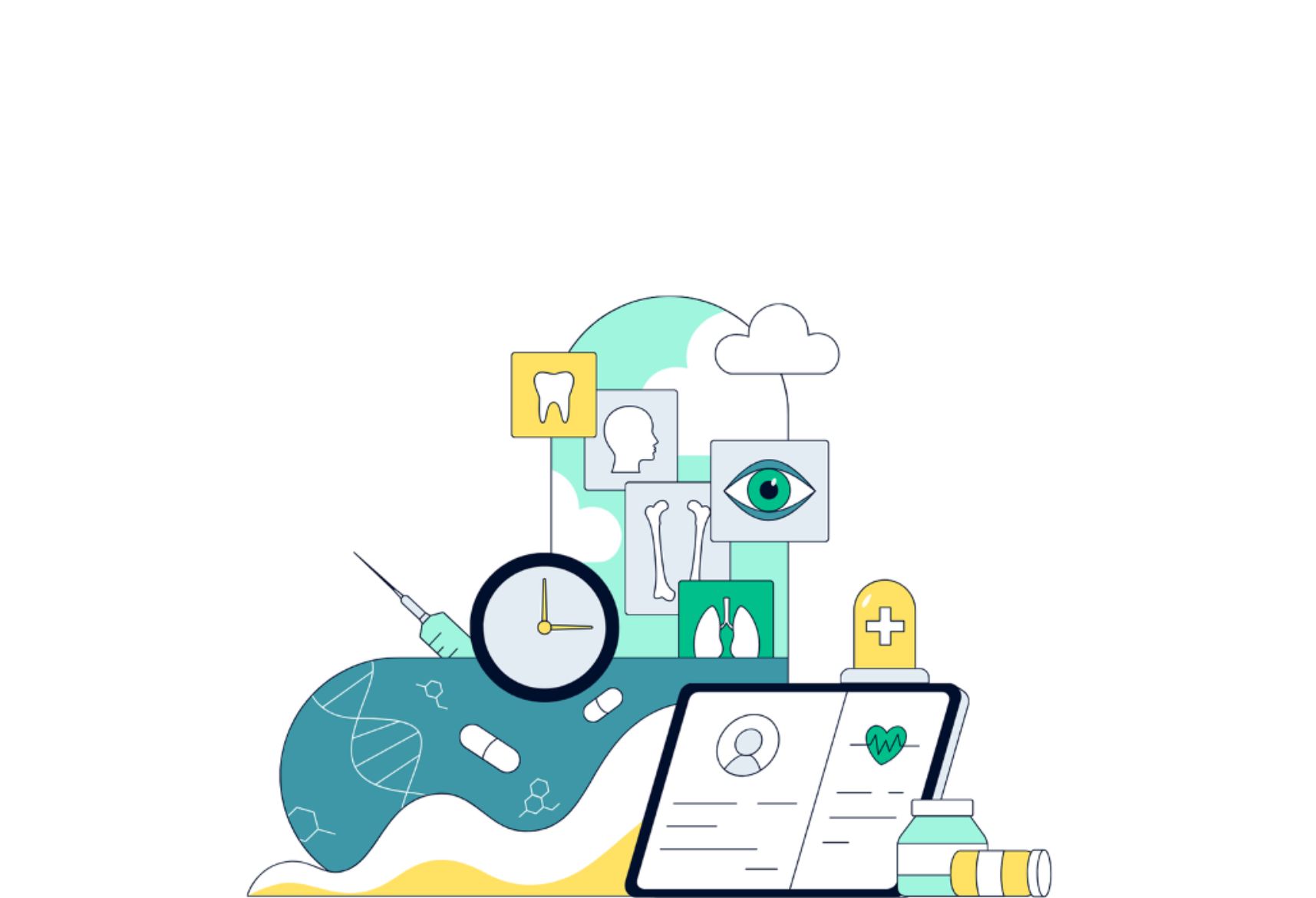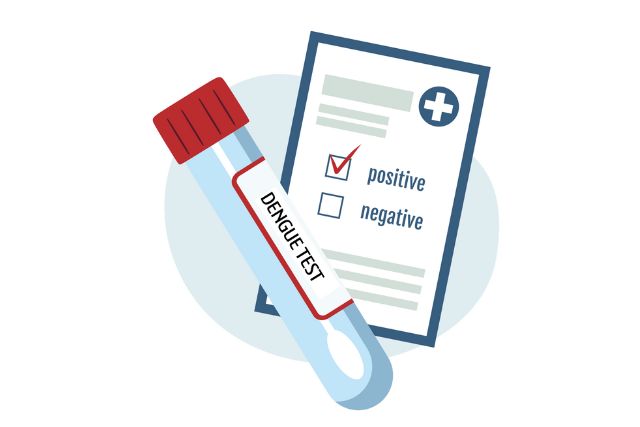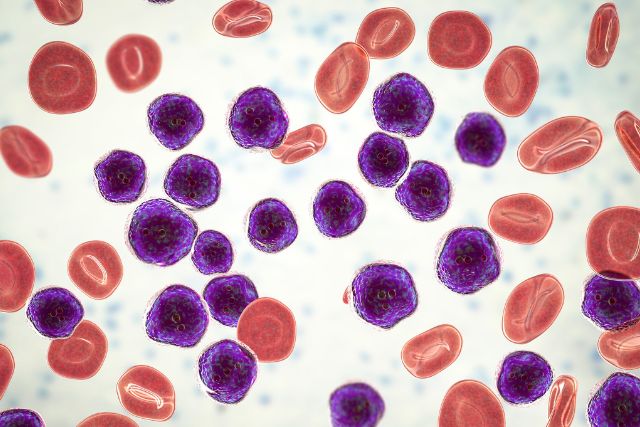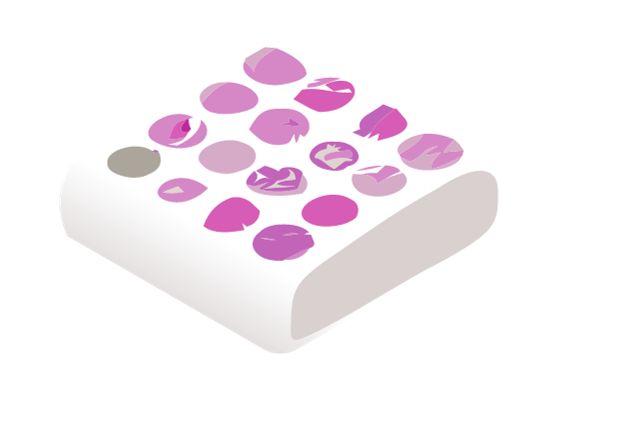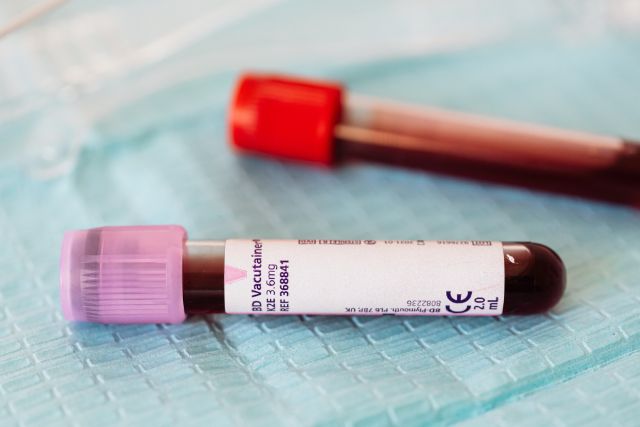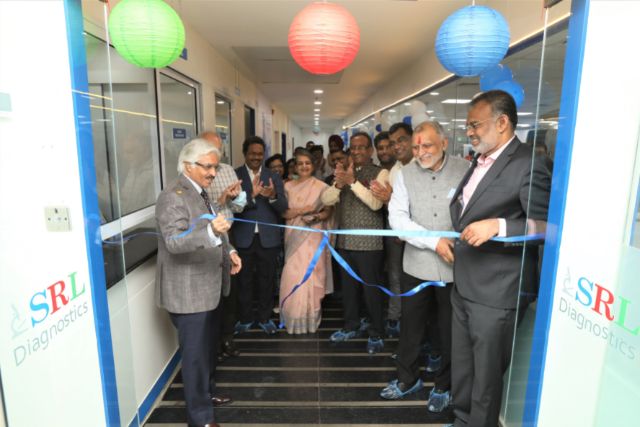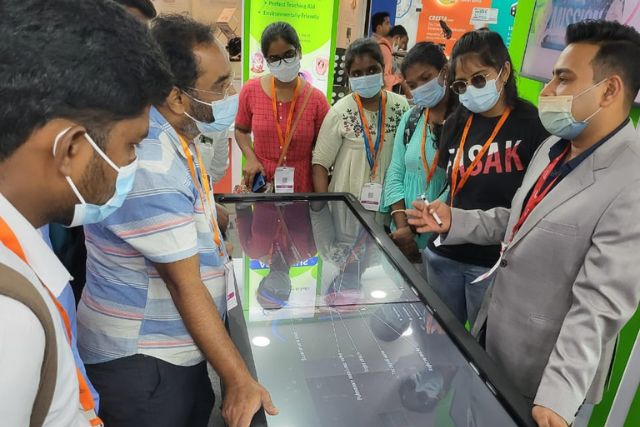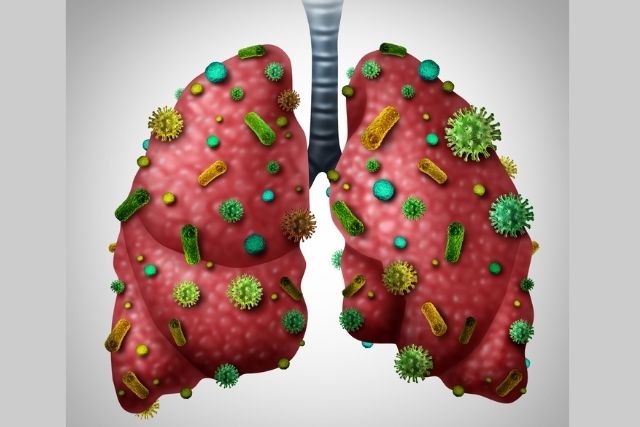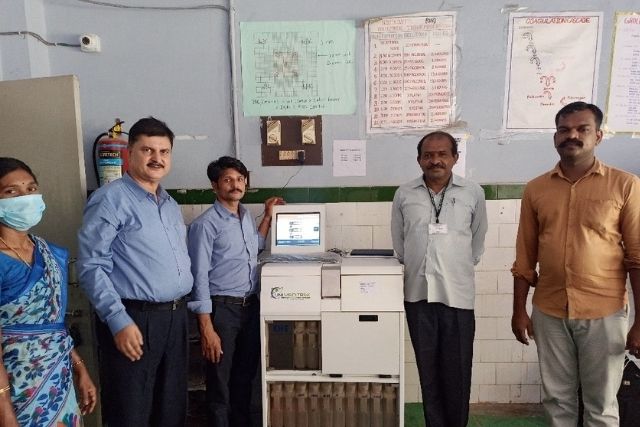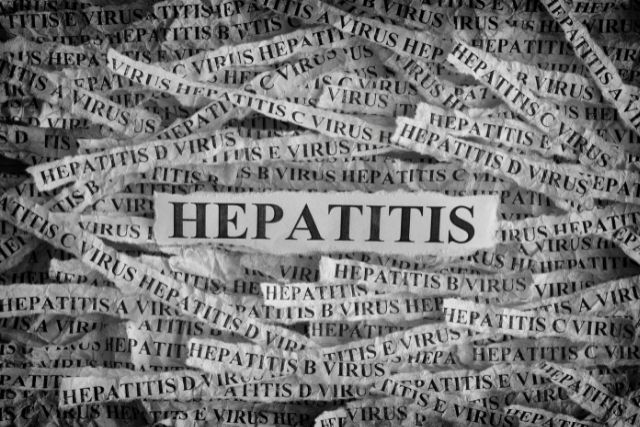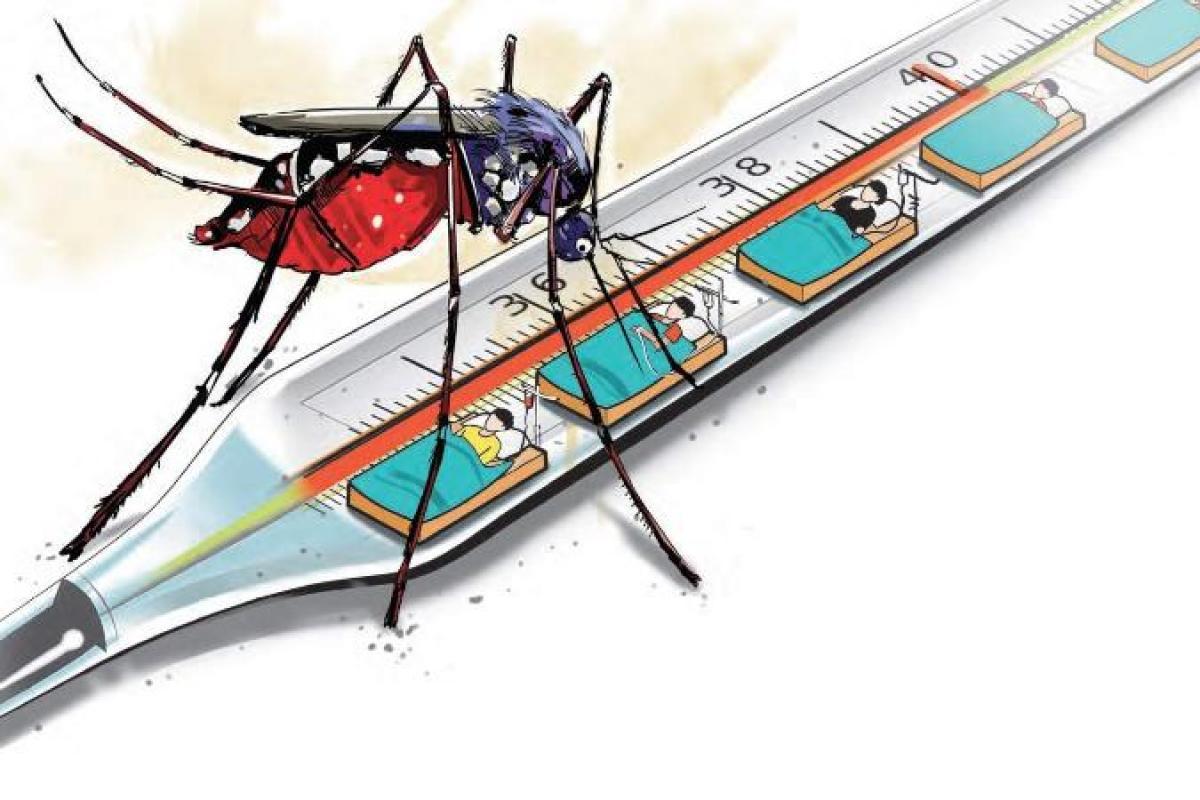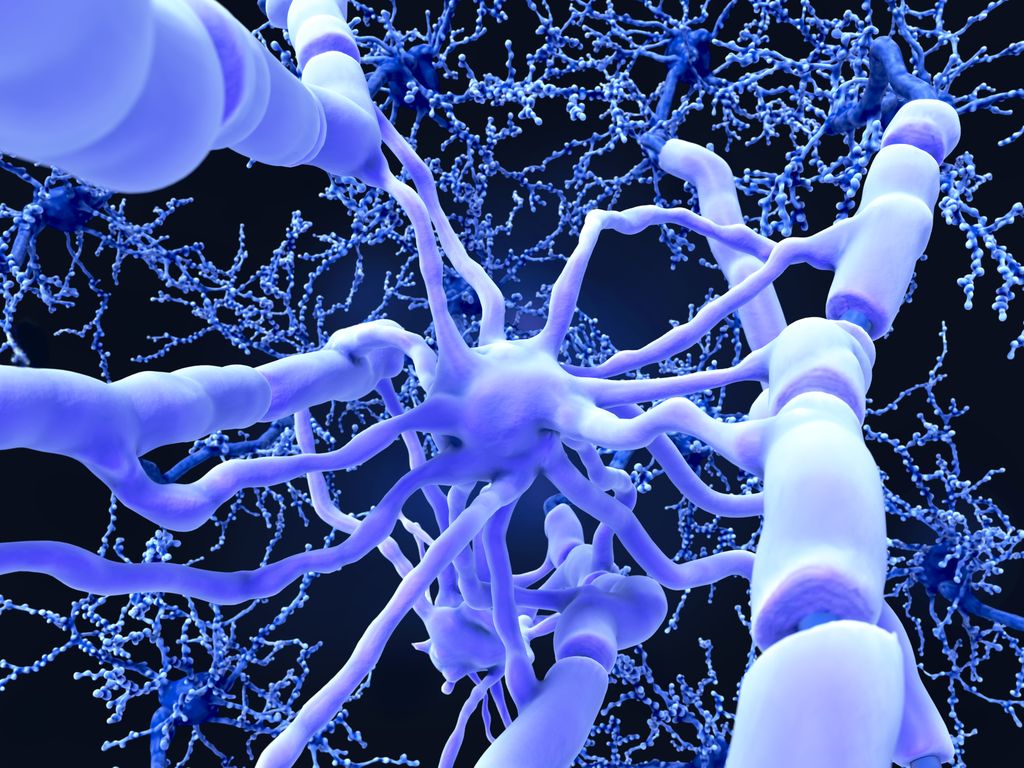Pathology is the bedrock of medicine’s diagnostic processes, paving the way to how physicians discover, address, and follow up on illnesses. Nevertheless, it is essential that the science of medicine progresses in accordance with its practice.
By 2030, pathology is projected to evolve beyond glass slides and microscopes to cutting-edge technology. Digital automation will allow active 24/7 inter-and intra-geographic access and integration of pathology systems. The anticipated outcomes will include quickened diagnostic processing times, advanced precision medicine, and diagnosis and treatment affordability on a global scale.
From Microscopes to Monitors:
The Digital Leap
Rapidly improving digital technology in pathology is transformative in laboratory operations. Pathologists view and analyze tissue samples using advanced scanners that produce digital, whole-slide images, and inter-case comparisons and sharing are streamlined.
Digital pathology offers transformational capabilities:
- Iterative cross-border expert collaborations for remote consultations,
- AI-powered diagnostics of imaged tissue samples that detects diagnostic patterns greater than and invisible to the naked eye, and research-grade comparative studies on archived pathology samples.
Automation: Speed and Precision at Scale
The traditional pathology laboratory is burdened with increased pressure to fulfill diagnostic service requests. The introduction of automation in pathology processes is advanced, with AI systems, robotic arms for slide handling, and automated tissue sample staining all decreasing the rate of manual task completion and simultaneously increasing task precision and rate.
In the current age, one laboratory technician can process hundreds of samples with the accuracy of a machine. Automation not only minimizes human mistakes, but also allows pathologists to concentrate on the intricate analysis of a case, rather than repetitive, mindless tasks.
Connected Pathology: The Power of Integration.
The future of pathology exists within connected ecosystems, where digital pathology platforms, hospital information systems, and laboratory networks intertwine. The cloud allows real-time integrated patient care, as it enables free access and exchange of data among clinicians, radiologists, and pathologists.
Consider a case where a patient’s pathology report automatically syncs with real-time radiology images, genomic data, and a complete clinical history. Such integration of different patient health data will advance precision medicine and empower clinicians to develop individualized therapeutic strategies.
Challenges on the Road Ahead
Moving toward digital, automated, and integrated pathology will face multiple challenges. These include the costs of technology, data protection, system interoperability, the need for new staff training, and the technology adoption life cycle.
Conclusion: Future without Limits
The period ahead is the most fascinating one for pathology. The discipline is progressing from being reactive to being collaborative and predictive. This change is likely to empower pathologists beyond the boundaries of diagnosing diseases to designing and modifying treatments to enhance the outcomes for patients. The next frontier in pathology is beyond doubt: increasing the speed of connectivity in the discipline to enhance the practice of medicine to focus on the needs of the individual and the needs of the community.







